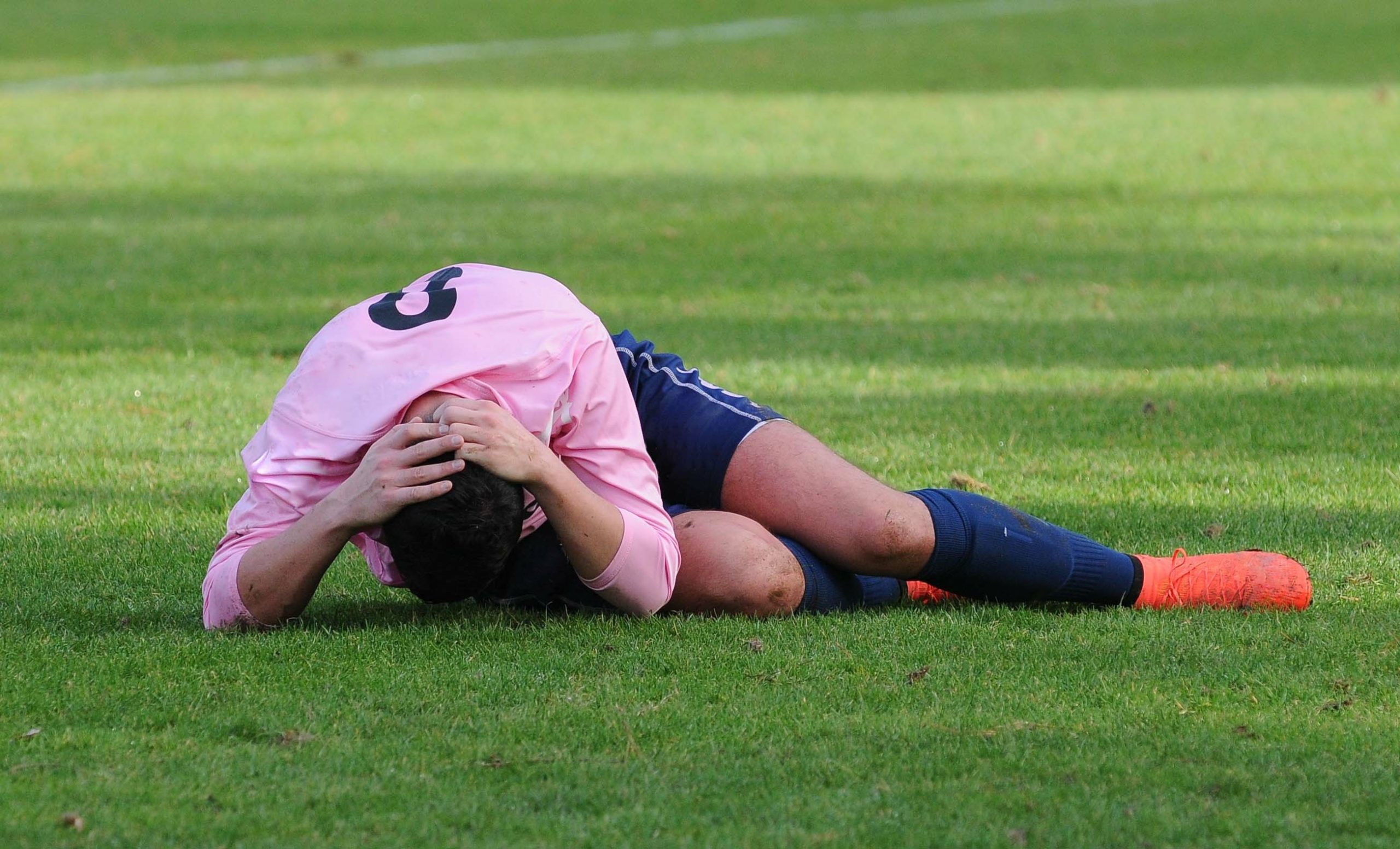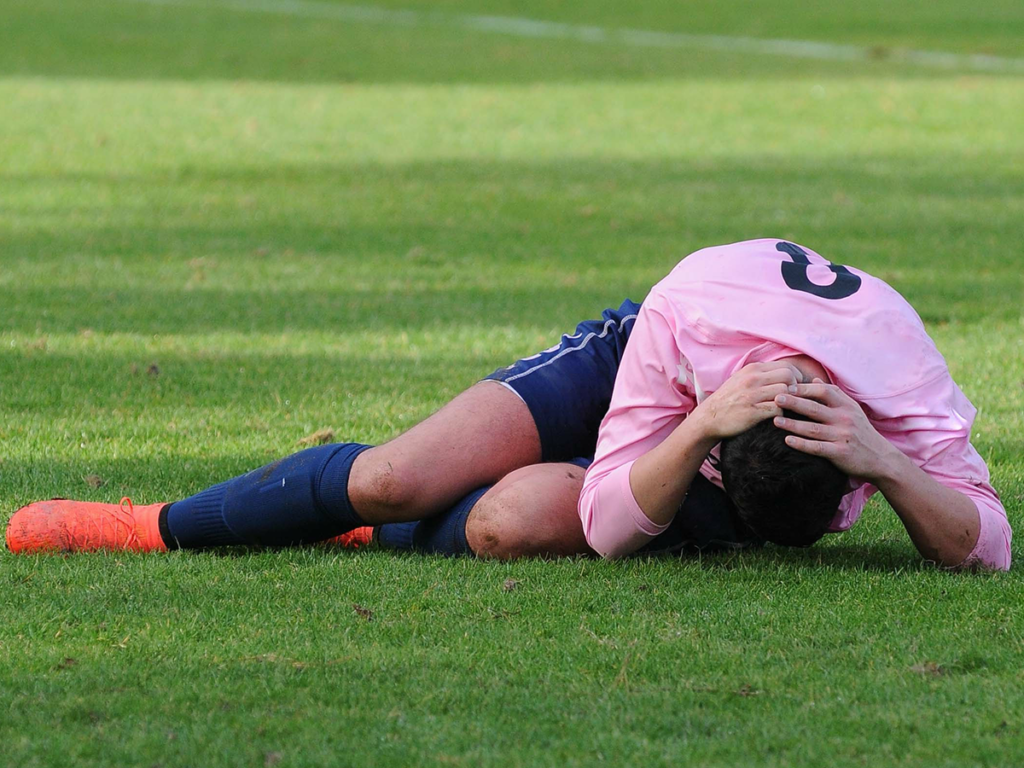

There is growing awareness of the impact of sport-related head and neck injuries on athletes of all ages and abilities.
Injuries affecting the head and neck are particularly common in sports that involve body contact (e.g., rugby union, rugby league, mixed martial arts), high speeds (e.g., AFL, ice hockey), or sports that use certain types of equipment (e.g., hockey). In athletes, the most common head and neck injury is sport-related concussion.
What is a sport-related concussion?
A sport-related concussion is an injury to the brain that is caused by a blow or knock to the head or body. Athletes can experience a range of signs and symptoms following a concussion including dizziness, headaches, neck pain, loss of balance, changes in mood, sleep disturbance and impairments in cognitive function such as loss of memory and poor concentration. Some of these symptoms may only be mild and short-lasting, whilst others can be quite disabling and persist for many months or longer.3
Can sport-related concussion be prevented?
Around the globe, there are many researchers investigating what can be done to reduce the risk of an athlete sustaining a sport-related concussion. These studies include looking at “external” or “environmental” factors such as changing the rules of some sports, equipment modifications such as innovative designs for headgear or helmets and the effect of different playing surfaces. Other researchers are focussing on whether modifying “internal” or “intrinsic” factors may also play a role in helping, for example incorporating visual training or certain types of exercises, such as neck-specific exercises, into an athlete’s training program and if that will offer any benefit.
Neck-specific exercises may help reduce the incidence of
sport-related concussion
A recent systematic review conducted by researchers has found evidence which suggests that athletes with higher neck strength may have a lower risk of sport-related concussion1 and therefore it may be worthwhile including exercises aimed at improving neck strength in an athlete’s training program.1 The idea here is that stronger necks may be better able to stabilise the head during a collision or that an athlete’s neuromuscular control improves following neck strengthening exercises i.e., the ability of the muscles to contract appropriately and quickly enough in response to a blow or a knock.
Why is tricky to prescribe the correct exercises for neck training?
The anatomy of the neck musculature is complex. There are 27 muscles which act to produce and / or resist motion in the cervical spine.4 Each of these muscles have varying density, length, and width. Some of these muscles are superficial, more tailored towards producing or resisting gross motion of the cervical spine, whilst others are deeper, more intricately involved in subtle neck motion and movement control. As such, a detailed assessment of one’s neck muscle function needs to account for all these variables. An extensive assessment of neck muscle function would typically include tests that:
- assess the quality of neck motor control and coordination
- muscle fatiguability (endurance)
- muscle strength
As deficits may be identified in more than one of these categories. The results of this testing will inform decision making regarding exercise prescription.
What type of neck exercises should an athlete be doing to prevent sport-related concussion?
Exercise prescription for neck training should be highly individualised to each athlete, based on a comprehensive history and detailed physical examination. Moreover, the demands of the sport they play (and position), means that the requirements are highly diverse from person to person and from sport to sport. Whatever “deficits” are identified (and therefore what areas need to be trained), exercises will typically follow a pattern of progressive increases in volume, intensity, range of motion and speed. By the time the athlete has reached the end-stage of rehabilitation, exercises will typically require a greater degree of sport-specificity. This often includes unpredictable load, variable force vectors and high training volumes. At Allsports, we have highly skilled and experienced physiotherapists who have worked with athletes of all ages and abilities and from a diverse range of sports. We pride ourselves of prescribing individualised exercise and rehab programs based on comprehensive information and objective data in collaboration with our clients, their coaches and others involved in the athlete’s prevention and performance programs.
Article by Dr. Kerrie Evans | Specialist Musculoskeletal Physiotherapist, MHealthSc (ManipPhty), BAppSc (Phty), FACP & Paul Scurfield | MPhty,BExSc from Allsports Parkwood.
References
[1] Elliott, J., Heron, N., Versteegh, T. et al. Injury Reduction Programs for Reducing the Incidence of Sport-Related Head and Neck Injuries Including Concussion: A Systematic Review. Sports Med (2021). https://doi.org/10.1007/s40279-021-01501-1
[2] Tirabassi J, Brou L, Khodaee M, Lefort R, Fields SK, Comstock RD. Epidemiology of high school sports-related injuries resulting in medical disqualification: 2005–2006 through 2013–2014 academic years. Am J Sports Med. 2016;44(11):2925–32.
[3] Manley, G., Gardner, A. J., Schneider, K. J., Guskiewicz, K. M., Bailes, J., Cantu, R. C., … & Iverson, G. L. (2017). A systematic review of potential long-term effects of sport-related concussion. British journal of sports medicine, 51(12), 969-977
[4] Au, J., Perriman, D. M., Pickering, M. R., Buirski, G., Smith, P. N., & Webb, A. L. (2016). Magnetic resonance imaging atlas of the cervical spine musculature. Clinical anatomy (New York, N.Y.), 29(5), 643–659. https://doi.org/10.1002/ca.22731.
